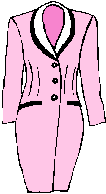|
Frequently Asked Questions: Burns/Prevention
|
|||
|
Prevention of Burns
At Home
1.
Microwave oven v
Follow microwave guidelines on
baby formulas, baby food jars, plastic bottles and plastic bottle
liners. Remember, not all foods can be heated in a microwave oven. v
Be sure children are old enough
to understand the safe use of the microwave oven. Children need adult
supervision and help to follow product directions. Children should be
tall enough to reach the oven and handle foods safely. v
Steam burns to the face and hands
are possible if the popcorn or dish is opened too soon. 2.
Cooking v
Never place or store plastic
utensils, towels and other non-cooking equipment on or near the range
because these items can be ignited. v
Roll up or fasten long loose
sleeves with pins or elastic bands while cooking. Do not reach across a
range while cooking. Long loose sleeves are more likely to catch on fire
than are short sleeves. Long loose sleeves are also more apt to catch on
pot handles, overturning pots and pans and cause scalds. v
Do not place candy or cookies
over top of ranges. This will reduce the attraction kids may have for
climbing on cooking equipment, thus reducing the possibility of their
clothing catching fire. 3.Others v
Keep hot foods and drinks away
from the edge of counters and tables. Don't set hot items on tablecloths
because children could pull it onto themselves. v
Don't hold a child and something
hot at the same time. v
Keep children away from the
stove, turn panhandles in, and cook on the rear burners when possible. v
Burns to the mouth can occur due
to unevenly heated foods. Prevention Of Hot
Water Burns v
Check your water heater's
temperature in the early morning before anyone has used the hot water.
If the temperature is between 120 and 125, good. If higher, find the
thermostat on the water heater and turn it down to 120 degrees. v
Test bath water before putting a
child in it. If the water feels hot to you, it will burn a child. v
Put the child in the bath with
their back to the faucet so they canşt turn the water on. v
Get knob covers for the bathroom
tub.
v
DO NOT smoke in bed. Smoking in
bed is a major cause of accidental fire deaths in homes. v
Locate heaters or other fire
sources three feet from the bed to prevent the bed catching on fire. v
Consider replacing your old
mattress with a new one if you are a smoker. Mattresses manufactured
since 1973 are required to resist cigarette ignition. v
Keep matches and other flammable
materials out of reach of children. v
Keep fireplaces and chimneys
clean and in good repair. v
Never leave a burning candle or
fireplace fire unattended. v
Teach children about fires.
Explain how they are started and how to prevent them. v
Make sure household wiring is
up-to-date. v
Store flammable materials away
from heat sources. Wearing Apparel v
Fabrics such as 100% polyester,
nylon, wool and silk that are difficult to ignite and tend to self
extinguish. v
Cotton, cotton/polyester blends,
rayon, and acrylic are relatively easy to ignite and burn rapidly. v
Tight weaves or knits and fabrics
without a fuzzy or napped surface are less likely to ignite and burn
rapidly than open knits or weaves, or fabrics with brushed or piled
surfaces. v
Consider purchasing garments that
can be removed without having to pull them over the head. Clothes that
are easily removed can help prevent serious burns. If a garment can be
quickly stripped off when it catches fire, injury will be far less
severe or avoided altogether. v
Follow manufacturer's care and
cleaning instructions on products labeled "flame resistant" to
ensure that their flame resistant properties are maintained. Flammable Liquids v
Take extra precautions in storing
and using flammable liquids, such as Kerosene, petrol, gasoline, paint
thinners, etc. They produce invisible explosive vapors that can ignite
by a small spark at considerable distances from the flammable substance.
Store outside the house. Smoke
Detectors
|
||

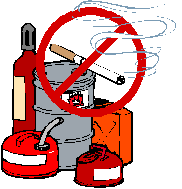
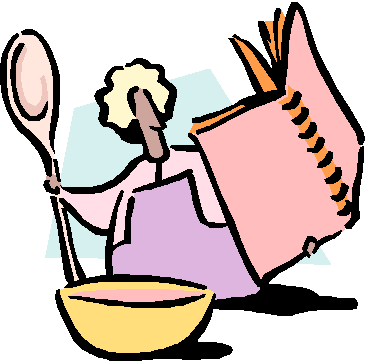 Kitchen:
Kitchen:
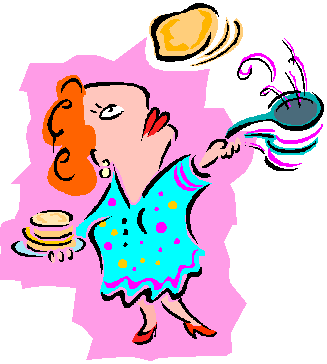
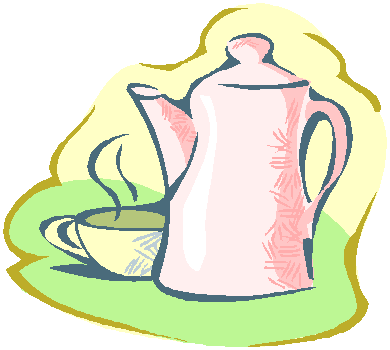

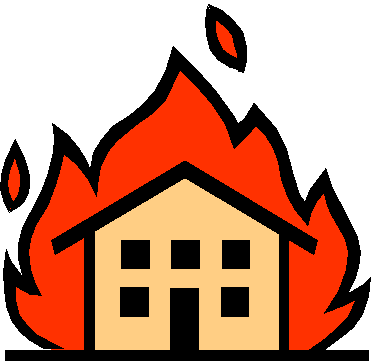 Home
Home
